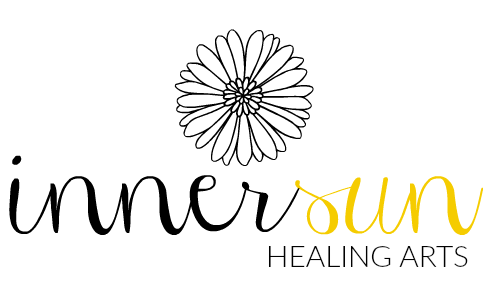When Life Keeps Throwing Curve Balls
/Surrendering to Impermanence
All of us have been here at some point in our lives (maybe more than we'd like to admit) – a stretch of time when it feels like the universe is out to get you. It feels like a dark cloud looms over you and you alone. There’s a series of unfortunate events that make life very challenging and nothing that you do seems to line-up with the good stuff. You constantly feel like you’re waiting for the next shoe to drop. And, worse off, everyone else seems to be doing just fine.
I’m often reminded of this phenomenon when I’m listening to clients’ stories. They express feelings of being overwhelmed, distressed and depressed. “Why does this keep happening to me?” “When will it all end?” are often the questions asked behind a stream of tears.
Usually our emotional reactions are accompanied with thoughts of, “How can I make it stop?” This would be a natural reaction since humans tend to want and need a sense of control in their lives to feel safe, secure and comfortable. Abraham Maslow presented this idea as a basic human need. It is at this second level of Maslow’s hierarchy of needs, the needs for security and safety become primary. It is no wonder when life feels over-the-top that we resort back to these primal, instinctual levels of thinking/feeling.
Surrendering to the process of life
Suffering is an integral part of being human. The Buddha recognized this over 2000 years ago. He explained this through the principal teachings of “dukkha,” which refer to the physical and psychological experience of suffering, change, discontentedness, and emptiness. This is the idea that we tend to hold onto and have expectations as to how our lives need to be.
We suffer because we project the myth of permanence upon a situation that is actually innately and constantly changing – ungraspable and mysterious. This is the true nature of life, yet we consistently believe that we can control our reality. We think that we can know and possess our lives, our loves, our identities, and even our possessions. Samsara, “the cycle of suffering,” is a direct result of our desire for permanence. It is the tight grip of our grasping of self or ego.
Buddha taught that we can find a way to accept those things that we are unable to control and at the same time change our thoughts, beliefs and emotions about the things that we are able to have an affect on. It is this ability to understand life as a dream, a fleeting moment in time, that can lead to more experiences of happiness and well-being. And even happiness is seen to be temporary. It is this dance of being in the present moment that frees us from the need to control our very existence. It is the realization that we are interconnected to the whole of life within the universe, shifting, morphing, transforming with it. And that it’s all okay.
Just as you pick a flower, you are aware that the flower will wilt and die in time. And still you are able to appreciate its beauty and smell it’s sweet aroma in the moment. This is a metaphor for how you can live life - savoring every moment – whether good, bad or neutral. Surrendering to what is. Staying in the flow. It is this knowing that everything ultimately changes that leads to less suffering.
An aware mind
This is not about denying the pain or sweeping it under the rug. We can look at it truthfully, feeling our feelings, knowing that we are connected to all beings that suffer. We can touch into our hearts and feel loving-kindness towards ourselves, and all that is. And because we are able to see it from a point of clarity, we are more able to know what needs to be done to ease the suffering.
A consistent mindfulness practice allows us to observe ourselves silently and with eyes wide open – present and aware and watchful of what unfolds and arises from within. This can take time and can be challenging, but the process itself is very rewarding.
To look deeply at these things in our everyday lives, especially within us, is to realize not only the interconnected nature of all things but also the impermanence of it all. It is because of these realizations that we can begin to be less ruled by our distorted and distressing thoughts - leading to less attachment to outcomes and finding ways to be grateful for “what is”. Ultimately, this gives us a way to experience more feelings of calm, peace of mind and true compassion.
-Tanya Vallianos
Tanya Vallianos, MA, LPC, ATR, NCC, EMDR III, EAP II is a psychotherapist in private practice in Fort Collins, CO. She can be reached at www.innersunhealingarts.com or 970-420-9504.











